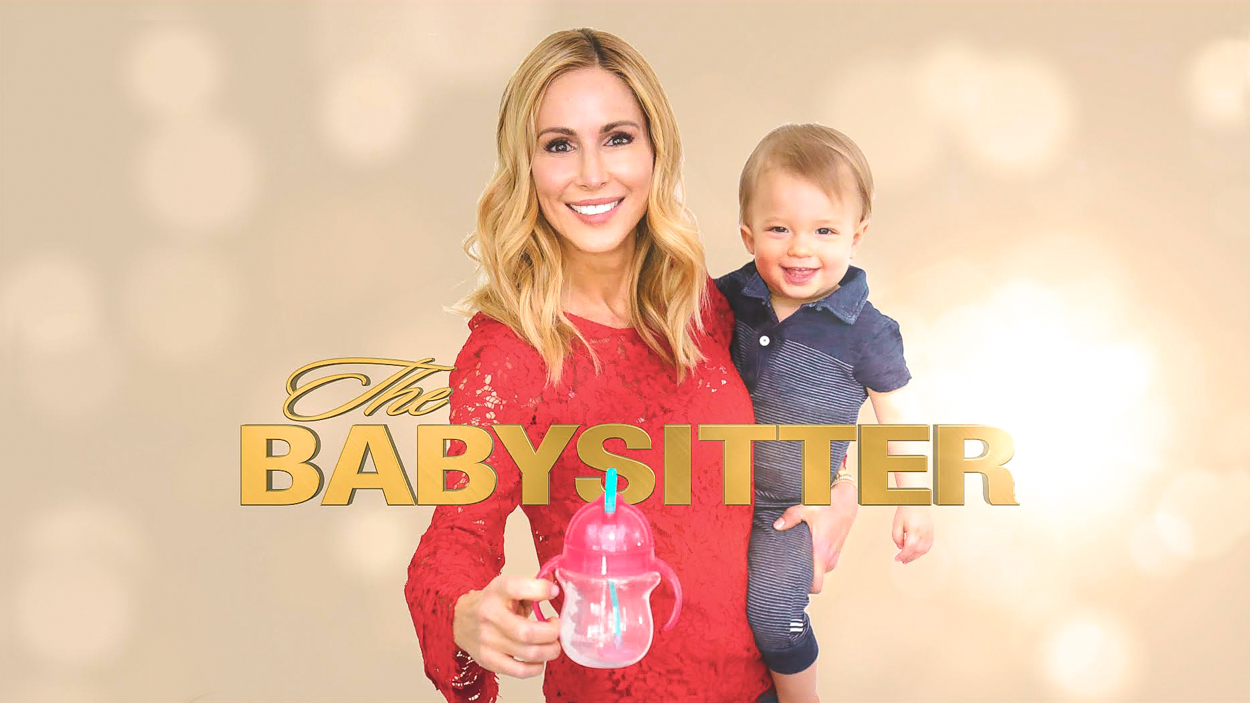

You did it! You found childcare! You interviewed, you checked references, you’re husband has stalked them on Facebook (so smart), you survived trial periods and you hired someone. YOU. FOUND! HELP!!!
[Cue sound of a thousand corks popping.]
Finding the right person to stay with your precious baby can be a process comparable to finding the right person with whom to have them in the first place. It’s a thing. That’s one reason many of us choose the SAHM route, or enroll our children in a convenient, well-run daycare, or look to grandma to provide childcare.
There are so many upsides to working with a sitter or nanny, but managing such an intimate relationship is not without the potential for awkwardnesses. Everywhere. This person is spending so much time in your home! With your family! The personal mixes with business, which means that misunderstandings, resentments and frustrations can creep in if you don’t communicate well and set expectations clearly. On both sides.
Here are a few steps you can take from the beginning to keep the lines of communication open and make the relationship a really positive, stress-free one from the get-go:
Establish Regular Check-ins
From the beginning, establish something like “Feedback Fridays,” where you set aside a weekly 15 minutes to check in and take stock of how things are going – for both of you. This is a great way to get ahead of potential issues and offer (and receive) positive reinforcement. And think about it this way: it’s so much easier to convey the kids should not have a snack after 3pm because it spoils their dinners in a context that’s meant to share feedback. It’s way more awkward to bring this up as your nanny is heading toward their door at the end of a shift. (Same goes for being late without texting, changing plans without notice, etc.) So don’t wait to get to a place where you’re so frustrated that you snap one day and fire her. Hashtag see something say something!
Choose a Channel
Identify your favorite way to communicate, and learn hers, too. Some of us do best with in-person chats. It can be easier to convey warmth and gentleness when you’re saying words to someone’s face. It’s also easier to make sure you are being understood when the other person is right there in front of you. On the other hand, some people prefer communicating in writing (like text or email), since you can choose your words carefully – plus there’s a record so you can revisit instructions. So whatever method you use, just make sure that what works best for you also works best for her.

Know What You Want (and be explicit)
Concreteness is always helpful. Be sure to address:
Hours. Agreeing to a number of hours per week isn’t enough. Let’s say you’ve hired a sitter to work 40 hours a week. Which hours? If she works 35 hours Monday through Friday, and she also comes for Saturday night, too, do you have to pay her additional? Are the hours she’s going to work each day the same every week, or do they change week to week – and, if so, how much notice do you need to give her? Be as specific as possible, even if the specificity involves needing her to be flexible.
Housework. Very often a sitter is hired with the expectation that she will do “light housework,” or clean up stuff “related to the kids.” So define that. Is it kids’ laundry and dishes? Putting away toys? Especially if you have a young child who naps for multiple hours every day, think about how you’ll feel if you come home to find your sitter watching TV or on her phone when the kitchen is a mess. Give a specific list of what you’d like done around the house — and maybe even specify when it should happen (during nap, or after you get home but before she leaves) — to provide much-needed clarity.
Vacation. Does she have vacation days? If so, how many, and are they paid? How much notice does she need to give you before planning (or announcing) time off? Does she get federal holidays off, and, if so, which? If you take a vacation and she gets that time off, does that count as her own vacation? Especially with people using more part-time childcare, formalizing details related to vacation can seem unnecessary. It isn’t.
Who’s In Charge? If you work in an office and leave the house once your sitter arrives, the lanes are pretty clear – you’re in charge when you’re home, she’s in charge when you leave. But things get a lot murkier if you work from home, or don’t work in a professional capacity at all. To the extent that you know how often you’ll be around, tell her, so she knows what to expect.
Define the Relationship. Do you envision something closer to a familial relationship or something more like an employer-employee relationship? For some moms, it’s helpful to think of a caregiver as a member of the family. For others, it helps to keep things warm but impersonal — that is, you’re the boss, not the friend. Ask yourself: are you comfortable knowing the ins and outs of her mother’s illness or the status of things with her boyfriend? Do you want to be able to bitch to her about your husband? Or do you want to discuss things related to the children, her schedule, and her payment – and not much else? Be clear (to yourself) which you prefer, and then either establish or work to break down boundaries as necessary.
Thinking through all of the above should help head off most issues before they arise. When they do, though, don’t forget to trust your gut. Breaking up is hard to do, but sometimes it’s the right path.







